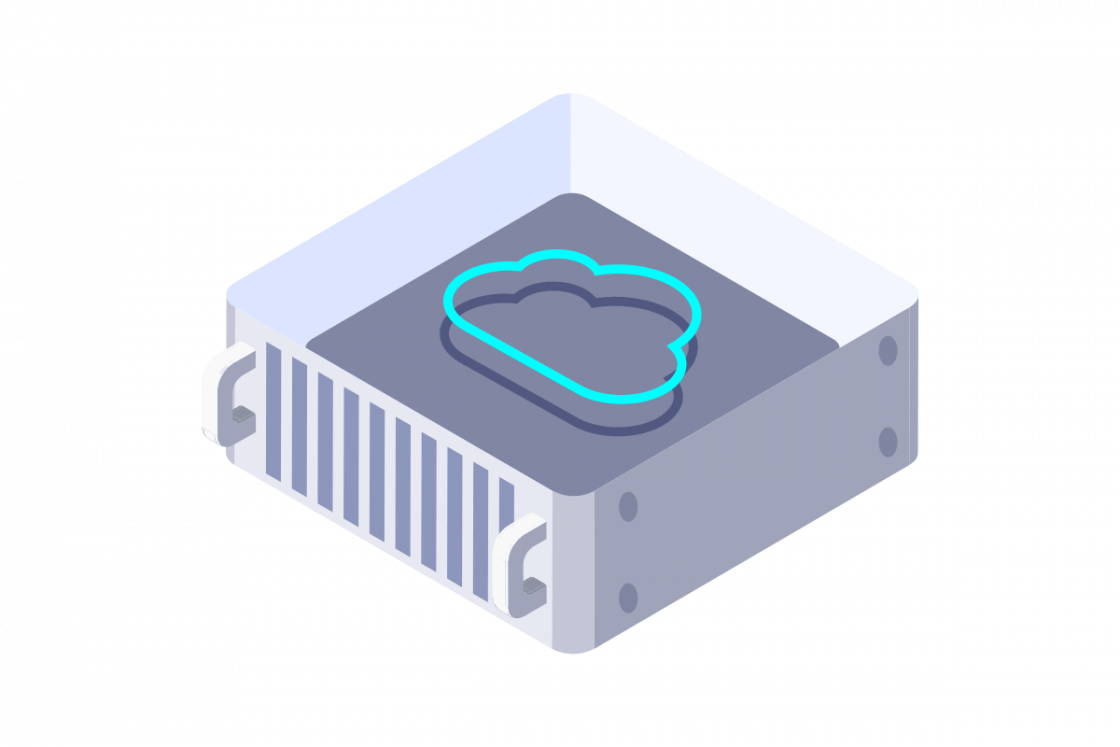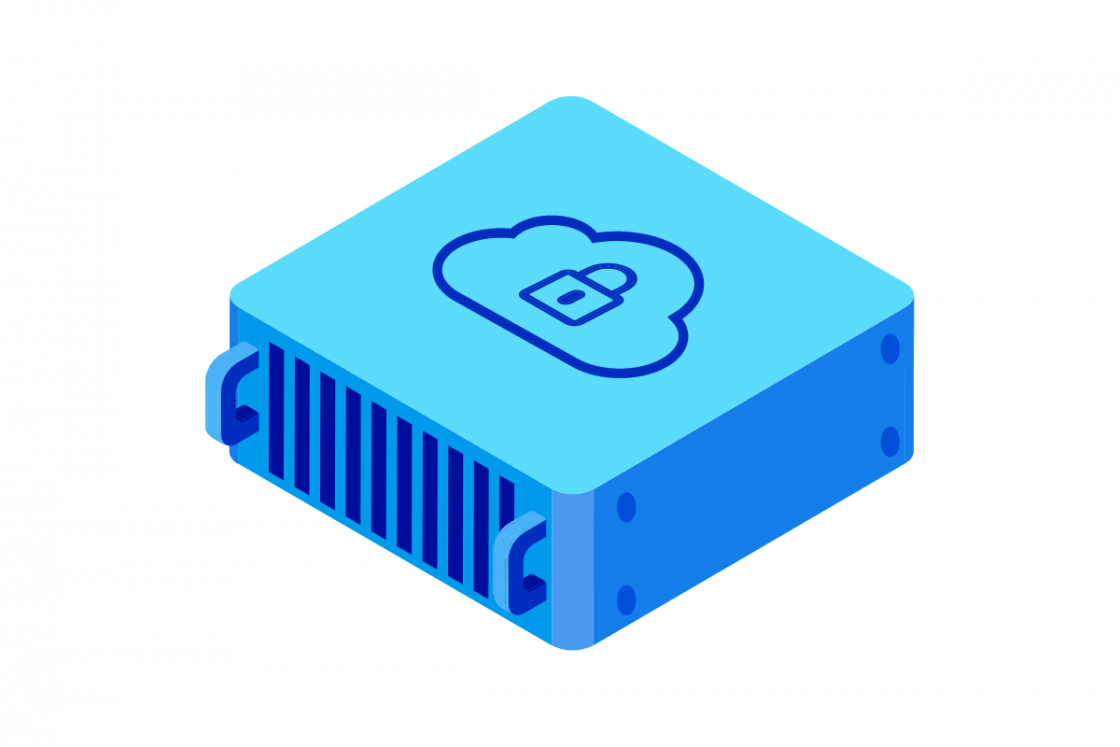What is supervised learning?
At its heart, supervised learning is a type of machine learning where the algorithm learns from labeled data.
Think of supervised learning like a student learning with a teacher. The "teacher" (which is often a data scientist or domain expert) provides the computer with a set of examples, where each example includes both the input and the corresponding correct output.

The fundamental goal of supervised learning is for the algorithm to "learn" a general rule or a mapping function that can take new, unseen inputs and predict the correct output for them. It's called "supervised" because the process of an algorithm learning from the training dataset can be thought of as a teacher supervising the learning process.
We know the correct answers (labels), the algorithm iteratively makes predictions on the training data and is corrected by the teacher. The learning stops when the algorithm achieves an acceptable level of performance.
How does supervised learning work?
Supervised learning might seem complex, but the underlying methods follows a structured workflow. It's about teaching a machine by showing it examples and then testing its understanding. Here's a breakdown of the typical steps involved:
Gathering and Preparing Labeled Data
The process begins with collecting relevant data. Crucially, for supervised machine learning, this data must be labeled. This means each piece of input data is paired with a corresponding correct output or "tag." For example, if you're building a spam detector, your data would be emails (input) labeled as "spam" or "not spam" (output).
The quality and quantity of this labeled data are paramount in the methods used. The more high-quality, relevant examples the feature model sees, the better it will generally learn and perform. This stage often involves data cleaning (handling missing values, removing errors) and preprocessing (transforming data into a suitable format for the algorithm).
Splitting the Data into Training, Validation, and Test Sets
Once you have your labeled dataset, it's standard practice not to use all of it to teach the model directly. Instead, it's typically divided. The Training Set is the largest portion of the data and is used to actually train the machine learning model. The model "sees" these examples and learns the relationship between the inputs and their corresponding labels.
A Validation Set (optional but highly recommended) is used during the training process to tune the model's parameters (hyperparameters) and make decisions about the model's architecture; it helps prevent the model from becoming too specialized to the training data (a problem known as overfitting) by providing an unbiased evaluation as it learns.
Finally, the Test Set is used after the model is trained (and validated) to provide an unbiased evaluation of the final model's performance. This data has never been seen by the model before, so it gives a good indication of how the model will perform on new, real-world data.
Choosing a Model (Algorithm Selection)
Based on the problem you're trying to solve (e.g., predicting a category like "spam/not spam" – classification, or predicting a continuous value like a house price – regression) and the nature of your data, you'll select an appropriate supervised learning algorithm. There are many algorithms to choose from, such as Linear Regression, Logistic Regression, Decision Trees, Support Vector Machines (SVMs), Neural Networks, and more.
Training the Model
This is where the "learning" happens. The chosen algorithm processes the training set. The model makes predictions based on the input data and compares these predictions to the actual known labels.
If there's a discrepancy (an error), the algorithm adjusts its internal parameters to make better predictions next time. This is often done by trying to minimize a "loss function," which quantifies how far off the model's predictions are from the true values.
This iterative adjustment process continues until the model achieves a satisfactory level of accuracy on the training data (and performs well on the validation data).
Evaluating the Model
Once the training is complete, the model's performance is assessed using the test set. Common metrics used for evaluation depend on the type of problem.
For classification, metrics like accuracy, precision, recall, and F1-score are common. For regression, Mean Squared Error (MSE) or R-squared value are often used. This step is crucial to understand how well the model is likely to generalize to new, unseen data.
If the model's performance is satisfactory, it can be deployed to make predictions on new, live data. For example, our spam filter would now start classifying incoming emails it has never seen before. It's also important to continuously monitor the model's performance in the real world, as data patterns can change over time (a concept known as "model drift"), potentially requiring retraining or adjustments to the model.
In essence, supervised learning is an iterative process of feeding labeled examples to an algorithm, allowing it to learn patterns, and then testing its ability to generalize those patterns to new data.
Types of supervised machine learning
Supervised learning problems, while all rooted in the principle of learning from labeled data, are generally distinguished into two primary categories: Classification and Regression. The fundamental difference between them hinges on the nature of the output the model is designed to predict.
Classification
Classification is concerned with tasks where the goal is to predict a discrete category or class label. This means the output variable is not a number that can vary continuously, but rather a distinct group, such as "yes" or "no," "spam" or "not spam," or specific object types like "cat," "dog," or "human."
The model learns from a training dataset where each input is already assigned a predefined class. Its objective then becomes to accurately assign new, unseen data points to one of these learned categories.
There are numerous practical applications of classification. For instance, in spam email detection, models classify incoming emails as either "spam" or "not spam." Image recognition tasks use classification to identify objects within images, such as categorizing a picture as containing a "car," "bicycle," or "pedestrian."
Regression
On the other hand, Regression is the supervised learning technique used when the output variable is a continuous numerical value. Unlike classification, which predicts what category something belongs to, regression aims to predict how much of something there is or what a specific numerical value will be. The model learns to map input variables to a continuous output.
Real-world examples of regression are abundant. House price prediction involves estimating the market price of a house based on features like its size, number of bedrooms, and location. In finance, regression models are used for stock price forecasting, attempting to predict future stock values for decisions to be based on.
Common algorithms utilized for regression tasks include Linear Regression and Polynomial Regression. Support Vector Regression (SVR) is another popular choice, alongside adaptable algorithms like Decision Trees, Random Forests, and Neural Networks when they are configured for continuous output.
Supervised learning vs. unsupervised learning
While both supervised and unsupervised learning are foundational pillars of machine learning and prediction, they approach problems using fundamentally different methodologies and objectives, primarily distinguished by the type of data they use and the goals they aim to achieve. Understanding their differences is key to selecting the right approach for a given task.
Choosing input data
The most significant example of a distinction lies in the nature of the input data. Supervised learning, as we've discussed, relies on labeled data. This means that during its training phase, the algorithm is provided with datasets where each input example is paired with a corresponding correct output or "label."
It learns by comparing its prediction to these known labels and adjusting itself to minimize errors. Think of it as machine learning with a teacher who provides the answers.
Considering unlabeled data
In stark contrast, unsupervised learning works with unlabeled data. The algorithms are given data that consists only of input features, with no explicit output variables or correct answers provided. The objective here is not to predict a predefined output, but rather to explore the data and discover inherent structures, patterns, or relationships within it. It's like learning by observing and identifying patterns on your own, without a teacher's explicit guidance.
The "supervision" aspect clearly demarcates the two. In supervised learning, the presence of labels provides direct feedback to the learning process to be based on. The algorithm is explicitly told what the correct output should be for each input, guiding its learning. In unsupervised learning, there's no such explicit guidance. The algorithms must infer patterns and relationships solely from the input data's characteristics.
Examples of supervised machine learning use cases
Supervised learning is not just a theoretical concept or prediction; it's the engine behind a vast array of applications that impact our daily lives and various industries. Its ability to learn from labeled examples makes it invaluable for tasks requiring prediction and classification. Here are some prominent use cases:
- Image and object recognition: This is a classic application of classification. Supervised learning models are trained on massive datasets of images, where each image is labeled with the objects it contains (e.g., "cat," "car," "pedestrian," "tree").
- Spam email detection: One of the earliest and most widely adopted uses of supervised learning (specifically classification) is in filtering spam emails. Models are trained on a vast corpus of emails that have been manually labeled as "spam" or "not spam" (often called "ham").
- Medical diagnosis and healthcare: Supervised learning plays an increasingly important role in healthcare by assisting medical professionals in diagnosing diseases. Models can be trained on patient data—including symptoms, medical history, lab results, and medical images—labeled with confirmed diagnoses.
- Sentiment analysis: Businesses and organizations heavily rely on understanding public opinion and customer feedback. Supervised learning models (classification) are trained on text data (like product reviews, social media posts, or survey responses) that has been labeled with sentiments such as "positive," "negative," or "neutral."
- Financial fraud detection: In the financial sector, supervised learning is critical for identifying and preventing fraudulent transactions. Models are trained on historical transaction data, where each transaction is labeled as either "fraudulent" or "legitimate."
- Predicting house prices and stock values (regression): Regression models in supervised machine learning are widely used in finance and real estate. To predict house prices, models are trained on data from past property sales, including features like size, number of bedrooms, location, age, and amenities, along with their corresponding sale prices.
The above example list represent just a fraction of the ways supervised learning is being applied. As data becomes more abundant and computational power increases, the range and sophistication of its use cases will only continue to expand.
OVHcloud and supervised learning
OVHcloud offers a suite of solutions tailored to support every stage of the supervised learning lifecycle. Whether you're looking to effortlessly deploy trained models, build and train new ones at scale, or leverage flexible cloud infrastructure, OVHcloud provides the tools to turn your data into actionable insights.

AI Endpoints
Effortlessly deploy your machine learning models into production with AI Endpoints. Focus on your algorithms while we handle the infrastructure. Our managed service allows you to expose your trained models via scalable and secure HTTP APIs, making them readily available for real-time predictions.

Machine Learning
Unlock the full potential of your data with machine learning solutions. This powerful platform provides data scientists and developers with a comprehensive environment to build, train, and deploy machine learning models at scale.

Public Cloud
Discover our cloud solutions, designed to give you complete control and flexibility over your infrastructure. Build, deploy, and manage your applications with our on-demand compute instances, scalable storage solutions, and robust networking capabilities.